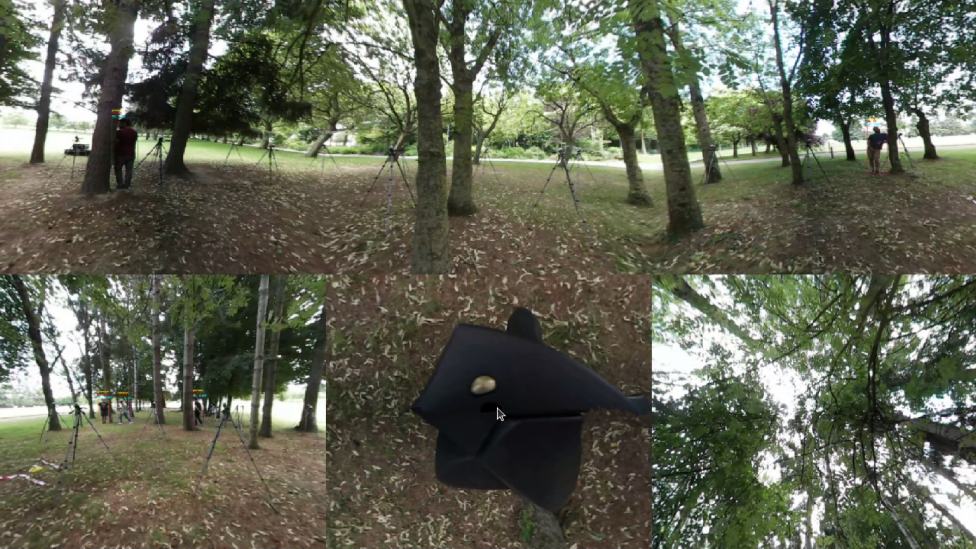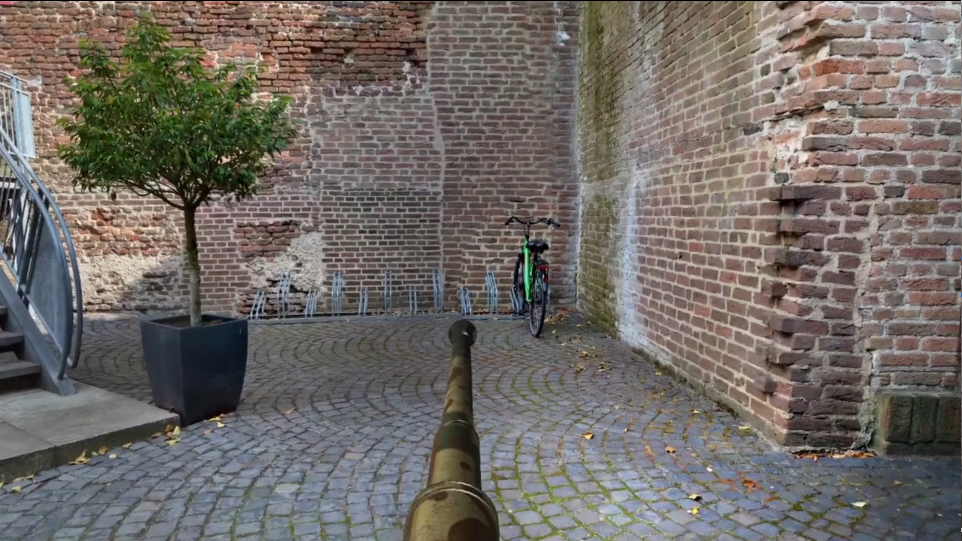
AVCI
AI-Powered Drone Control System
AVCI has been developed for loitering munitions (kamikaze UAV) manufacturers operating in the defense and aerospace sectors both domestically and abroad, as well as for companies conducting modernization without manufacturing UAVs. The system is designed to produce a modular flight computer that can adapt to any form factor without interfering with the manual driving characteristics of loitering UAVs. Integrated into the air platform as an independent module, AVCI can communicate with existing mission computers via its interface. This capability enables users’ loitering UAVs to autonomously reach the target after target selection and command, without human guidance. In addition, the system’s ability to operate without relying on GPS provides operational superiority in jammer environments.
Project Info
- Category: Artificial Intelligence, Image Processing, Autonomous Systems
- Scope: Autonomous target detection, tracking, and strike without GPS
- Platform: Loitering munitions (kamikaze UAVs), various drone types
- Operating System: Linux-based custom flight software
- Compatibility: Betaflight, ArduPilot
- Processing Unit: Modular flight computer
- Communication: Analog and digital camera stream support
- Performance: 30 Hz operating frequency, low-latency real-time processing
- Power Consumption: ≈ 15 W
- Accuracy: IoU ≈ 0.85; Hit accuracy: 2 m @ 100 yards
Highlights
- • Autonomous target tracking without GPS
- • AI-powered target detection & strike
- • Low-latency real-time operation
- • Start/stop tracking via RC transmitter
- • Compatibility with various drone types
Technical Specs
- • Operating frequency: 30 Hz
- • Power consumption: ≈ 15 W
- • Hit accuracy: 2 m @ 100 yards
- • Tracking accuracy (IoU): ≈ 0.85
- • Camera support: Daylight & Thermal
- • Camera streaming: Analog & Digital
Architecture
AVCI is a modular flight control system that can communicate with existing mission computers. Thanks to its GPS-independent design, it can operate even in jammer environments.
- • Independent module integration
- • Bi-directional communication with mission computer
- • Control without interfering with manual flight capability
- • Operational superiority in jammer environments


